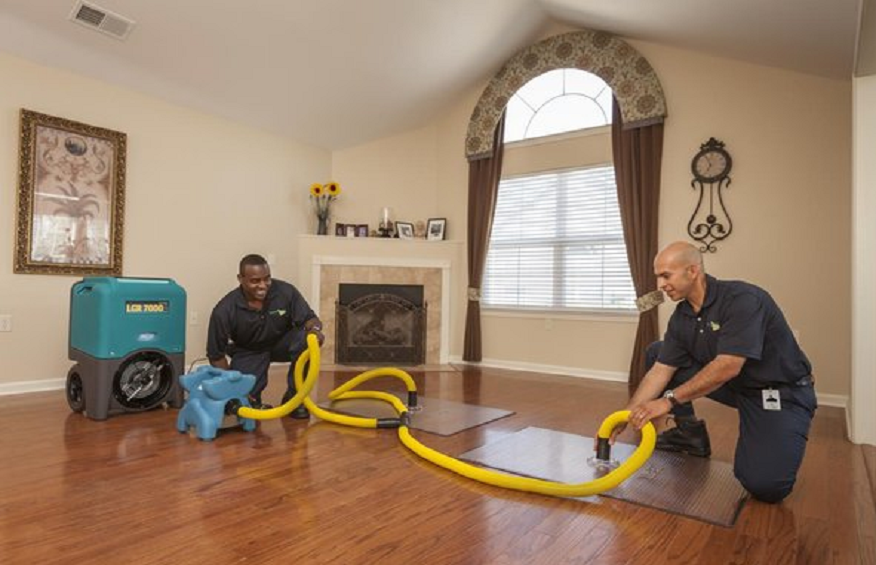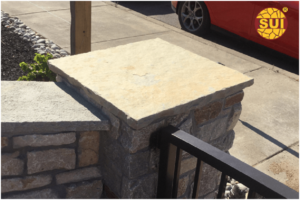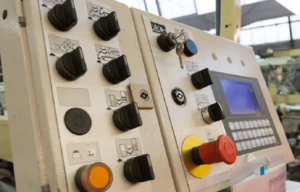Water Damage Restoration: All You Need To Know

Water damage restoration involves restoring a property to its pre-water intrusion condition. This process includes inspecting the damage, removing excess water, reducing humidity, sanitizing affected areas, and potentially performing reconstruction work. Although certification is not always required, hiring a specialist with the appropriate expertise and tools for effective water damage restoration is advisable.
Is Water Damage Restoration Necessary?
Water damage restoration is crucial because it helps prevent and address structural damage from water intrusion. Neglecting water damage can lead to collapsing walls, ceilings, and floors. Delayed or inadequate restoration also increases health risks from mold, bacteria, and pests. Disregarding the importance of water damage restoration not only underestimates the expertise needed for such work but also jeopardizes the safety of occupants in the affected building.
What Causes Water Damage?
To address water damage, you should let the water restoration company Washington DC identify the primary causes of the damage.
These are significant causes of water damage
- Natural disasters
- Air conditioner unit condensation
- Broken home appliances
- Clogged gutters and drains
- Sewer backups
- Leaking pipes
- Faulty water heaters
- Insufficient water drainage from the roof
Knowing where to search for water damage, water damage restoration specialists need to be able to identify the signs of water damage, even in areas that may not seem directly affected by the major causes. Their ability to recognize these indicators is crucial in promptly detecting and addressing water damage during restoration.
Detectable Water Damage Signs
The first step of the water restoration process is spotting the water damage. Here are detectable signs of water damage
- Cracks on walls or ceiling
- Bubbling paint
- Damp odors
- Structural damage
- Mold or mildew
- Water stains
The Process of Water Damage Restoration
The water damage restoration is carried out in these steps;
Do Water Damage Inspection
During a water damage inspection, you should assess the water source, determine the category of water contamination, and classify the extent of the damage. The water source is connected to the cause of water damage. In some instances, such as flooding, multiple entry points make it challenging to pinpoint the exact source of water intrusion.
Extract the Standing Water
The crucial water removal step in a flooded basement involves extracting the standing water using tools like industrial vacuums and submersible pumps. Afterward, surface water can be removed using portable wet/dry vacuums. To ensure thorough removal, water damage specialists may employ moisture meters or thermal infrared cameras to identify hidden pockets of saturation behind walls or beneath floorboards. It’s important to note that residual surface water may remain even after vacuuming.
Dry Affected Area
Water damage specialists use heavy-duty fans, air movers, and commercial-grade dehumidifiers to dry and dehumidify affected areas effectively. They may also enhance air circulation by opening windows and doors. However, the drying and dehumidification process can take longer than water removal, particularly for more severe Class 3 or 4 water damage that involves removing portions of walls or floors.
Conclusion
Water damage restoration can be tricky, but with the help of a water restoration company Washington DC, they will ensure a practical restoration approach. They start by identifying the problem, extracting the water, then drying and fixing the area.





